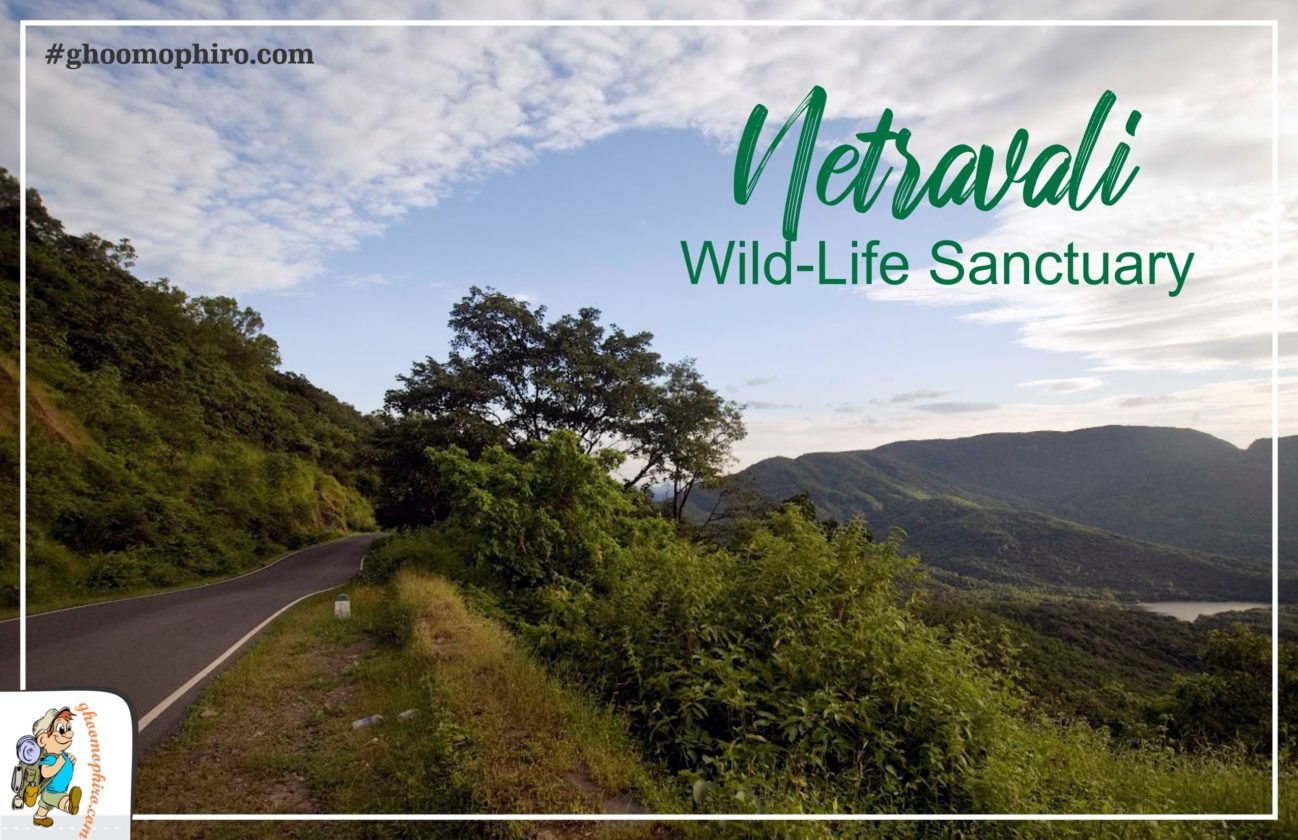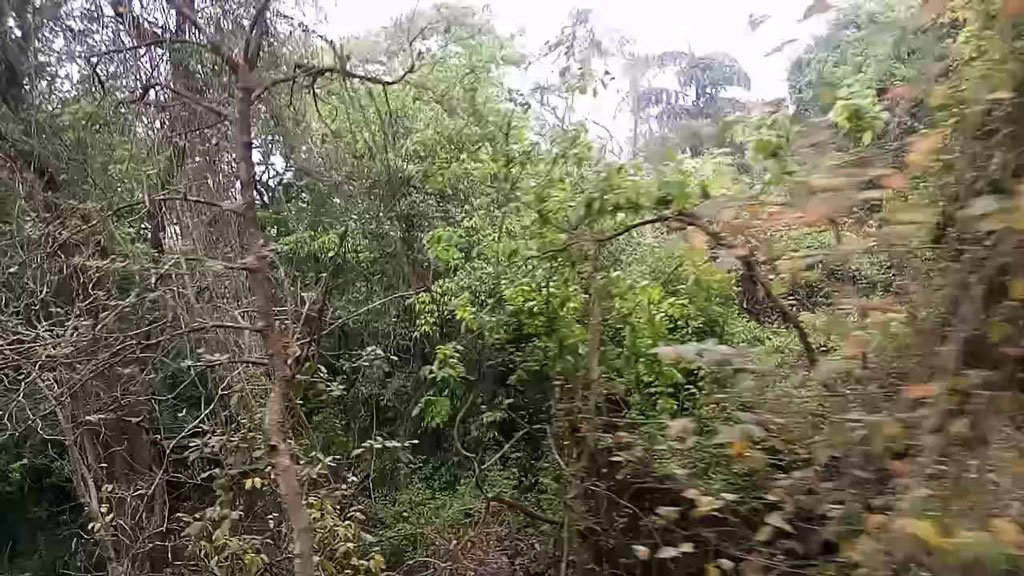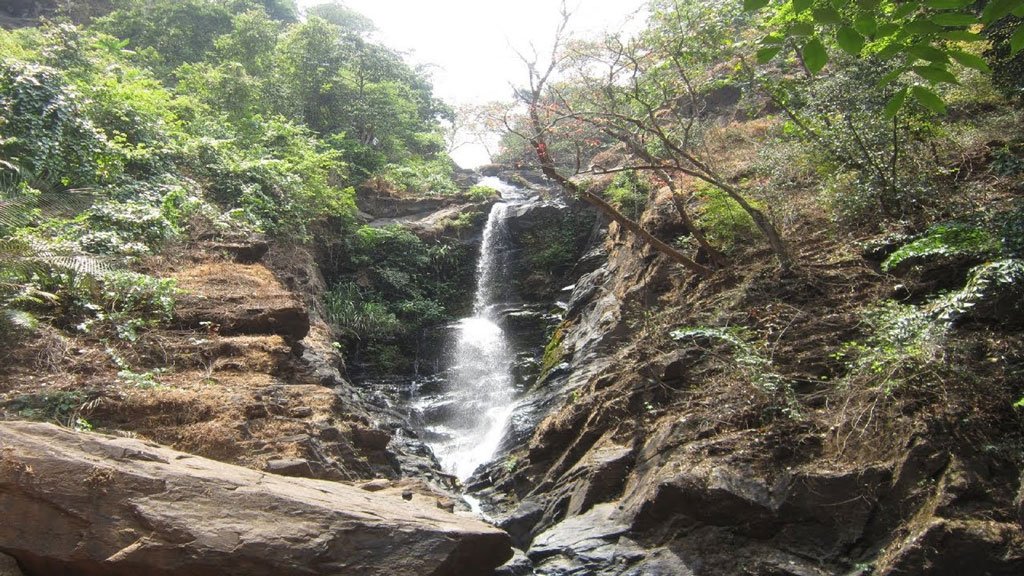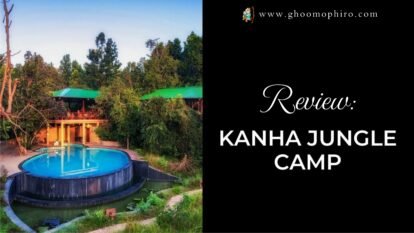Netravali Wildlife Sanctuary: Home to wildlife in a state known for its wild lifestyle
Posted on July 14, 2019 by Ghoomophiro

Goa is immensely popular in tourists both local as well as international. Its sea Beaches, seafood, laid back values, music and easily availability of alcoholic drinks make it heaven who want to enjoy their life in wild ways. But this wild lifestyle aside, Goa is also home to some exotic wildlife.

When we think of Goa, we are mostly thinking of North Goa – the commercialized party center with all the most popular of beaches. Compared to it, South Goa is relatively unknown to the tourist world and thus lacks commercialization. South Goa is thus more peaceful, clean and less crowded while still carrying some of most beautiful beaches, temples, Waterfalls and, also, wildlife hubs. And one such wildlife hub is what we are going to talk about this time – Netravali Wildlife Sanctuary.
The sanctuary offers a welcome break from sea beaches Goa is famous for.
Location
The Netravali Wildlife Sanctuary is located about at a distance of a mere 70 kilometers from Goa’s airport. Like most of the rest of the places in Goa, the best way to reach here is on a hired two-wheeler if you don’t have a personal vehicle.
The beautiful Konkan vegetation, rice fields, and western Ghar hills greet your eyes on both sides of the road when you are on your way there but the internet might not be most reliable in these circumstances. In such circumstances, we recommend asking a local about the routes to be sure.

Best Time To Visit
Netravali Wildlife Sanctuary is best visited during monsoon season, that is, from late June to August; when vegetation is fresh green and the air is pleasant and you have a chance to see Savari waterfall within Netravali at it’s beautiful best.

You may visit it in winter too but we won’t advise visiting it during summers (March to May)
Where to stay?
You can return to your hotel in North Goa in good time if that is where you intend to return. Otherwise, accommodation is available in forest rest houses run by the GTDC (Goa Tourism Development Corporation). The tourism department of Goa also takes care of food, thus making it an ideal place to spot creatures of the wild in their natural habitat.
The Sanctuary
As we were visiting git in monsoons, Netravali Wildlife Sanctuary greeted us with sense natural vegetation – so dense that though the day was sunny, in some parts sunlight didn’t reach the ground… Well, you are also greeted by a check post where you have to pay the entry fees.
The sanctuary is best explored in two-wheelers and, as far as possible in groups as you might not come across any other humans unless it is a working day.
Flora
This dense deciduous mixed with evergreen/ semi-evergreen natural vegetation is a common characteristic of all Western Ghats and Konkan region in particular.
The Netravali Wildlife Sanctuary is spread over an area of 211 square kilometers and drives its name from Netravali (or Neturli) river – a tributary of River Zuari which originates here.
A wildlife enthusiast will find much to love in surrounding areas too – it has Dandeli-Anshi Tiger Reserve of Karnataka on its eastern side; Cotigao Wildlife Sanctuary, Goa on its southern side and Bhagwan Mahaveer Sanctuary and Mollem National Park on its northern side. All of these along with Madei Wildlife Sanctuary, Goa and Bhimgad Wildlife Sanctuary, Karnataka together form an incredible home to protected wildlife.

Among wildlife to be found here are included is a tremendous diversity of mammals including – Gaur (Bos gaurus), Malabar giant squirrel (Ratufa indica), four-horned antelope or chousingha (Tetracerus quadricornis), leopard (Panthera pardus), black sloth bear etc which are sustained by abundant availability of drinking water in the region.
The region is also a home to several aviary life forms like the rare Malayan night heron (Gorsachius melanolophus), grey-headed bulbul (Pycnonotus priocephalus, Nilgiri wood pigeon (Columba elphinstonii), white-bellied blue flycatcher (Cyornis pallipes), great pied hornbill (Buceros bicornis),), Wynaad laughingthrush (Garrulax delesserti), rufous babbler (Turdoides subrufa), white-bellied treepie (Dendrocitta leucogastra), etc.
While during our visit there, we came across a leopard, a Gaur and hornbill; the highlight of the day was some of the beautiful butterflies we came across. We won’t know names of species of these butterflies and a Google search suggested several names of butterfly species be found in here like the Malabar banded swallowtail (Papilio liomedon), redspot duke (Dophla Evelina), Malabar banded peacock (Papilio buddha), southern birdwing (Troides minos), Malabar tree nymph (Idea malabarica), black rajah (Charaxes solon), blue nawab (Polyura Schreiber) etc.
We spent our whole day exploring this beautiful natural paradise and only made our return journey at 5 pm.
Conclusion
If you are on a long vacation in Goa, say a week or so you will probably look for a break from its mainstream attractions and a day in this cradle of nature is your best alternative. In its own right, Netravali Wildlife Sanctuary has too much beauty bestowed upon it by nature for one to miss it. J




